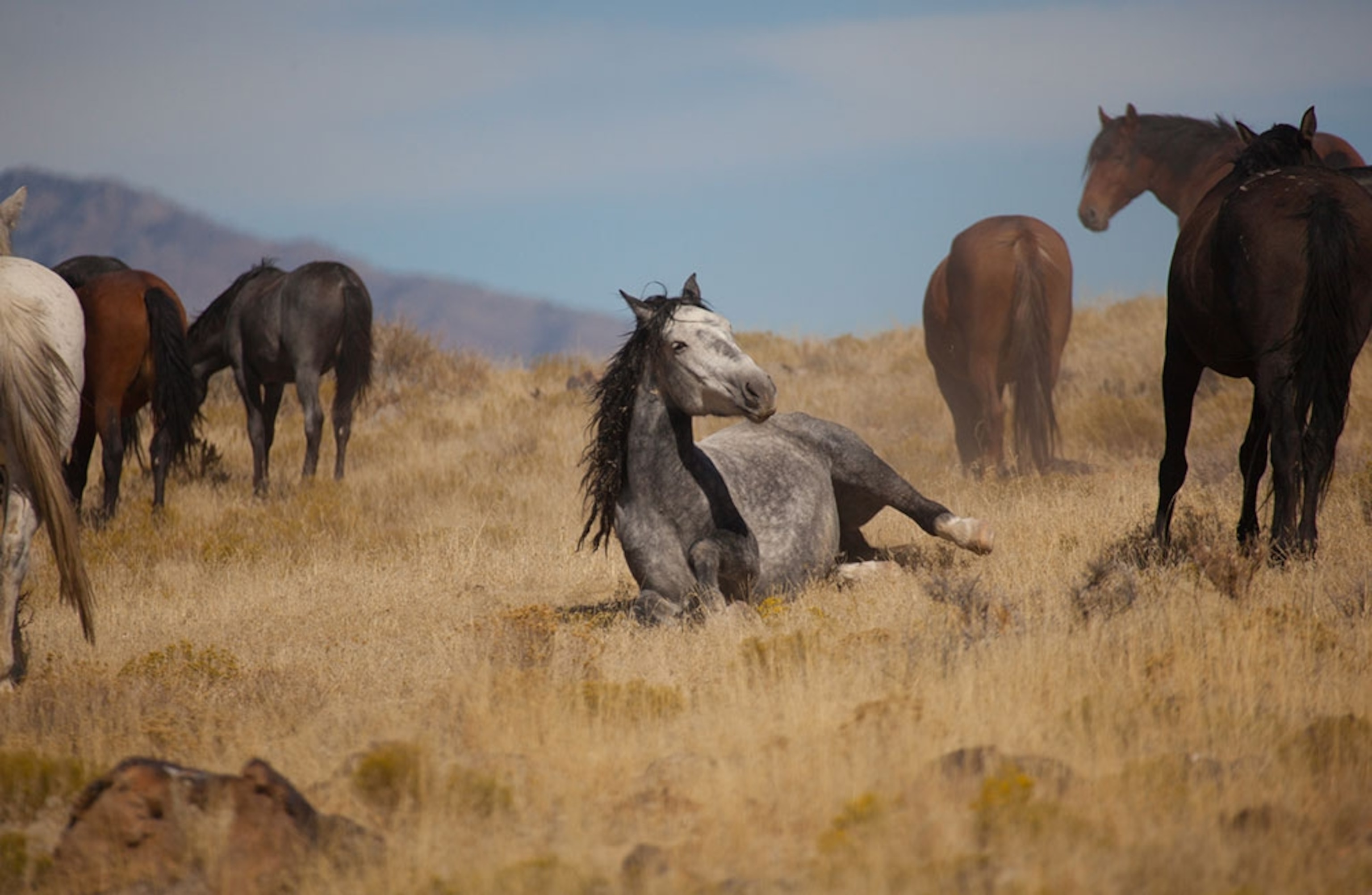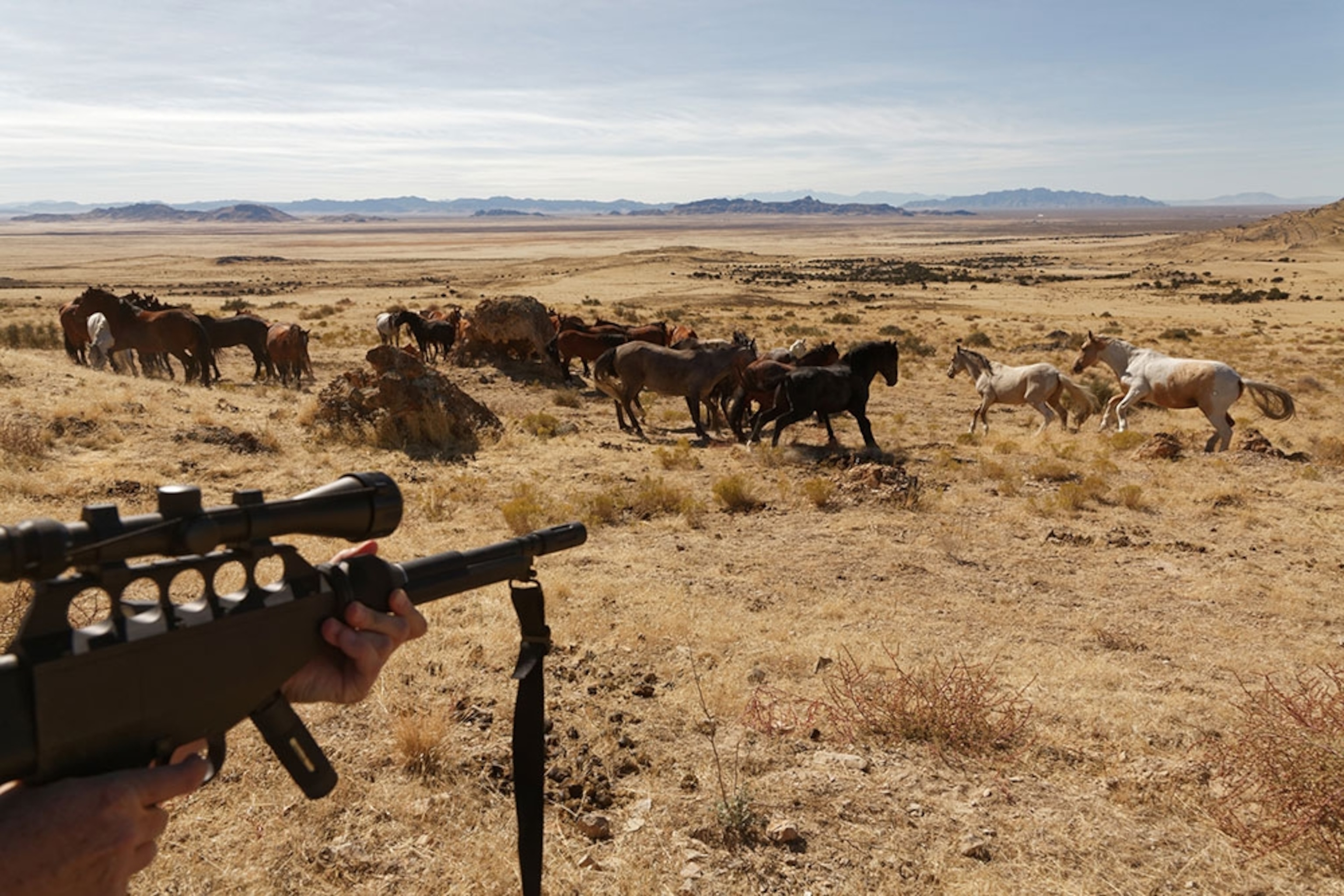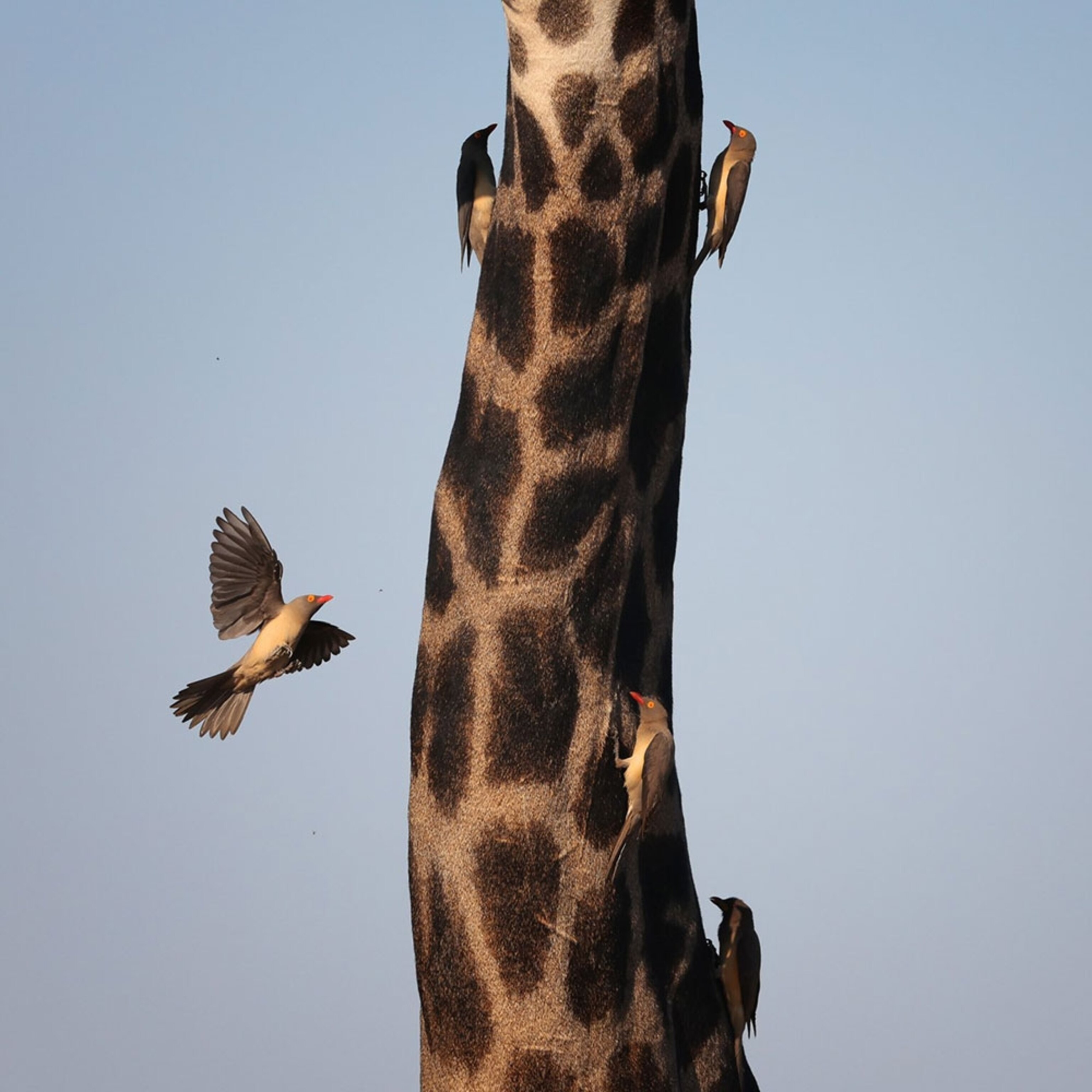
Why are we rounding up wild horses?
In today’s newsletter, goliath groupers; plague-carrying chipmunks close part of Lake Tahoe; a 'miracle' in Turkey; why poisonous animals don't poison themselves.
This article is an adaptation of our weekly Animals newsletter that was originally sent out on August 5, 2021. Want this in your inbox? Sign up here.
By Rachael Bale, ANIMALS Executive Editor
This is one of those newsletters where I buck up and prepare for the onslaught of angry emails. Hold onto your hats, because today, we’re talking about wild horses.
Or are they feral horses? It depends on who you ask. And whichever term you use, someone’s going to tell you you’re wrong. We admittedly side-stepped the problem in our latest story, by Nat Geo’s Natasha Daly, calling them “free-ranging horses.”
Did you know there are 86,000 roaming the West (pictured above, in Utah)? They’re descended from horses the Europeans first brought over starting in the 16th century, and there’s no denying they’re gorgeous. Majestic, even. There’s a reason they became a symbol of the American West.
The problem—or not (again, it depends on who you ask)—is their fast-growing numbers. They share a fragile landscape with native wildlife, a landscape that’s increasingly threatened by warming temperatures and lengthening droughts. They’re also sharing it with livestock.
This many animals on the land means good grazing and water can get scarce, and that could lead to slow, painful deaths.
The U.S. government’s solution is rounding up a certain number of horses each year and taking them into holding centers permanently. Last week, they took 350 out of the 500-strong Onaqui Mountain herd in Utah, Daly reported. The goal for 2021 was to remove about 12,000, but it was just announced they’re aiming for 18,000 instead. Today 55,000 formerly-free roaming horses live in permanent facilities, costing taxpayers tens of millions of dollars.
Activists say roundups are not only traumatizing and cruel but also unnecessary.
What about widespread fertility control (pictured above, a federal employee with birth control darts) to keep the numbers of the horses from growing so fast? What about further limiting the number of livestock allowed on public lands?
The one thing we know for sure? It’s complicated.
Do you get this newsletter daily? If not, sign up here or forward to a friend.
TODAY IN A MINUTE
Secret weapon: We know that some animals carry poison that can stop prey in their tracks. How come the venomous animals aren’t poisoned themselves? A new study released today suggests they have “proteins that mop up the fatal toxins before they cause damage," Jason Bittel writes for Nat Geo. (Pictured above, blue poison dart frogs, native to the South American nation of Suriname.)
Plague closes Lake Tahoe: Officials have closed some parts of the south shore of Lake Tahoe after chipmunks tested positive for the plague, NBC News reports. Forest Service officials expect the area to be open again by the weekend.
Black bear attack: A 26-year-old helicopter engineer planting trees was killed by a black bear in Alberta, Canada, the Guardian reports. Despite a large population of black bears and a growing number of encounters between humans and bears in the area, fatal attacks are rare. Since 1958, five other fatal black bear attacks have been reported in Alberta.
Heading home? After a summer entertaining crowds on England’s Isles of Scilly, Wally the walrus has called it quits. Marine experts said he’d been spotted off Ireland, but they weren’t specific about his whereabouts. It was a good thing he was hopefully moving to a safer place. “We don’t want hundreds of people trying to find him,” Lizzi Larbalestier of the British Divers Marine Life Rescue told the Guardian.
‘We called him Miracle’: Turkish farmer Sercan Bayat lost eight of his livestock when a wildfire spread to his village. He later found hope in a newborn goat kid lying helpless, but still breathing, after its mother had died in the fire, Reuters reports. The massive forest fire was one of the approximately a hundred that broke out within the last week across southern and western Turkey.
INSTAGRAM PHOTO OF THE DAY
Grooming: Red-billed oxpeckers are busy at work removing ticks and other small insects from a large bull giraffe in Botswana’s Okavango Delta. These little birds are the symbiotic vacuums of African animals. They move among herds, grooming away, tormenting and tickling their hosts with their sharp beaks.
Related: What different animals help each other out?
THE BIG TAKEAWAY
Fierce debate: Florida’s Fish and Wildlife Conservation Commission is considering lifting its 30-year ban on fishing for Atlantic goliath groupers (pictured above), Nat Geo reports. Scientists argue that the population of fish, which can grow up to eight feet long and weigh 800 pounds, is still too low for fishing. David Doubilet, a Nat Geo Explorer who shot the photograph above, describes swimming with goliath groupers as “a highlight of my underwater life.”
IN A FEW WORDS
Conservation is not about one conservation hero; it’s about bringing as many as we can on board. We can really succeed with so many hands coming together for the same cause.
Olivier Nsengimana, Rwandan veterinarian, Nat Geo Explorer working to conserve the gray crowned crane
DID A FRIEND FORWARD THIS NEWSLETTER?
Come back tomorrow for George Stone on travel. If you’re not a subscriber, sign up here to also get Whitney Johnson on photography, Victoria Jaggard on science, Debra Adams Simmons on history, Robert Kunzig on the environment, and Rachel Buchholz on families and kids.
THE LAST GLIMPSE
Vintage glass: Czech glassworker Leopold Blaschka and his son Rudolf photographed and crafted nearly 10,000 models of sea life like the intricate glasswork pictured above. He called it Enoploteuthis veranii, a cephalopod that was found in the Mediterranean Sea. Today the duo’s work, detailed in June’s issue of National Geographic, is on display in museums worldwide.
This newsletter was curated and edited by David Beard and Monica Williams, and Jen Tse selected the images. Do you have an idea or a link for the newsletter? Let us know at david.beard@natgeo.com, and happy trails ahead.





